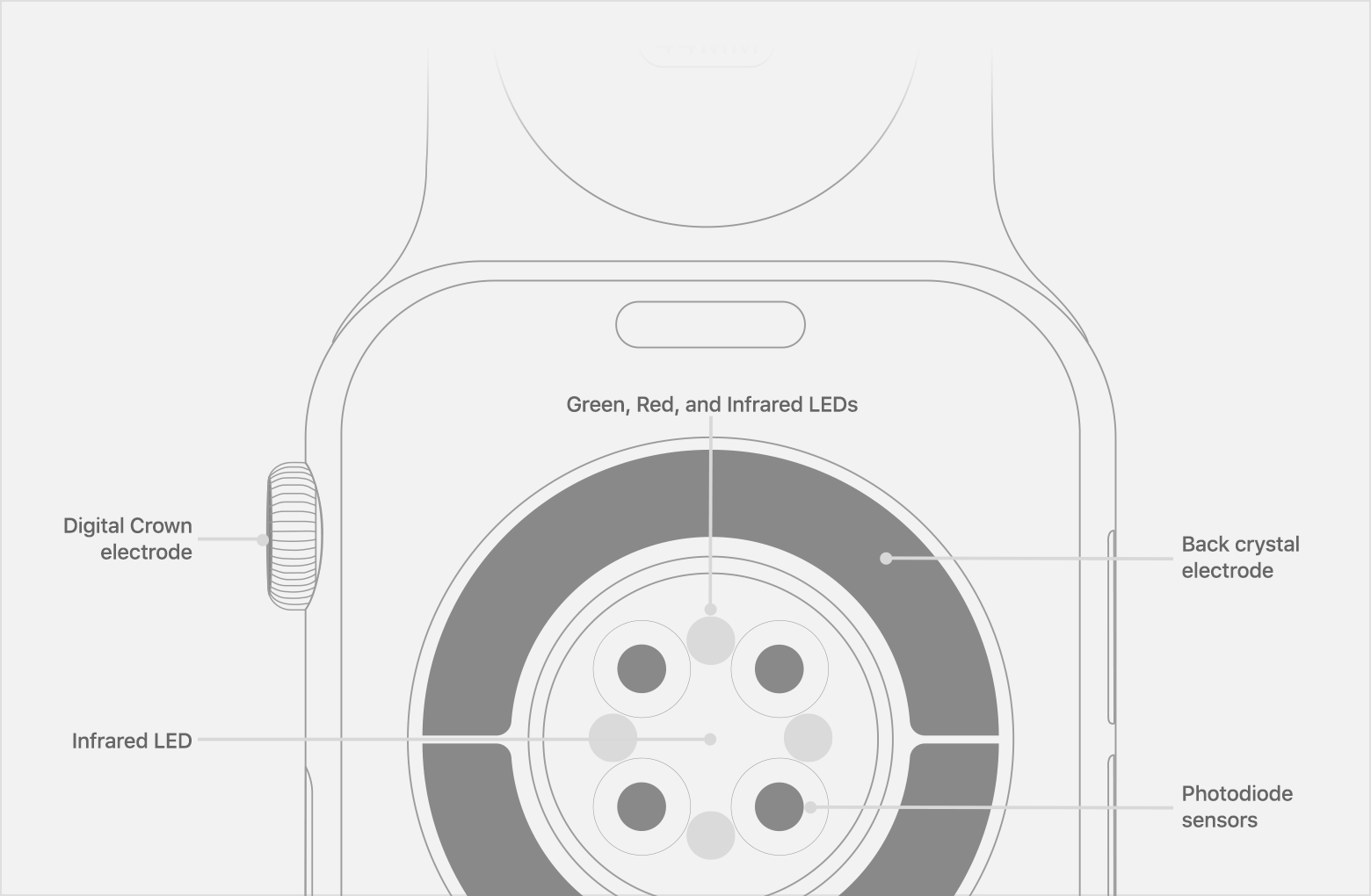My boot drive consists of 2xSSDs in RAID on a PCIe 2.0 slot on a Mac 5,1 which provides exceptional speed on a 2010 Mac Pro tower. Prior to El Capitan, previous Mac OS X recognizes it as an Internal drive and via my preferences does not show up on the desktop keeping in line with more recent Mac OS X's 'concealment' of '/' drive. This is the free Mac software providing by Green-Backyard. Currently we have release beta Mac OS software, you may test the software with your birdhouse camera. We don’t guarantee the software will work perfectly with your Mac OS. You will download and install the software manually as it is not available in the Mac Store.
A Troubleshooting Procedure that may Fix Problems with macOS El Capitan or Later
You should try each, one at a time, then test to see if the problem is fixed before going on to the next.
Be sure to backup your files before proceeding if possible.
- Shutdown the computer, wait 30 seconds, restart the computer.
- Disconnect all third-party peripherals.
- Reset your Startup Disk and Sound preferences.
- Start the computer in Safe Mode. Test in safe mode to see if the problem persists, then restart normally.
- Use Apple Hardware Test to see if there is any hardware malfunction.
- Repair the disk by booting from the Recovery HD. Immediately after the chime hold down the Command and Rkeys until the Utility Menu appears. Choose Disk Utility and click on the Continue button. Select the indented (usually, Macintosh HD) volume entry from the side list. Click on the First Aid button in the toolbar. Wait for the Done button to appear. Quit Disk Utility and return to the Utility Menu. Restart the computer from the Apple Menu.
- Repair permissions on the Home folder: Resolve issues caused by changing the permissions of items in your home folder.
- Create a New User Account Open Users & Groups preferences. Click on the lock icon and enter your Admin password when prompted. On the left under Current User click on the Add [+] button under Login Options. Setup a new Admin user account. Upon completion log out of your current account then log into the new account. If your problems cease, then consider switching to the new account and transferring your files to it - Transferring files from one User Account to another.
- Download and install the OS X El Capitan 10.11.6 Combo Update or 10.12.6 Combo Update or Download macOS High Sierra 10.13.6 Combo Update or Get MacOS Mojave now from the Mac App Store as needed.
- Reinstall OS X by booting from the Recovery HD using the Command and R keys. When the Utility Menu appears select Reinstall OS X then click on the Continue button.
- Erase and Install OS X Restart the computer. Immediately after the chime hold down the CommandandRkeys until the Apple logo appears. When the Utility Menu appears:
1. Select Disk Utility from the Utility Menu and click on the Continue button.
2. When Disk Utility loads select the drive (out-dented entry) from the Device list.
3. Click on the Erase icon in Disk Utility's toolbar. A panel will drop down.

4. Set the Format type to APFS (for SSDs only) or Mac OS Extended (Journaled.)
5. Click on the Apply button, then wait for the Done button to activate and click on it.
6. Quit Disk Utility and return to the Utility Menu.
7. Select Reinstall OS X and click on the Continue button.
Green Heart Mac Os Download
Green Heart Mac Os X
Jun 16, 2019 10:43 PM